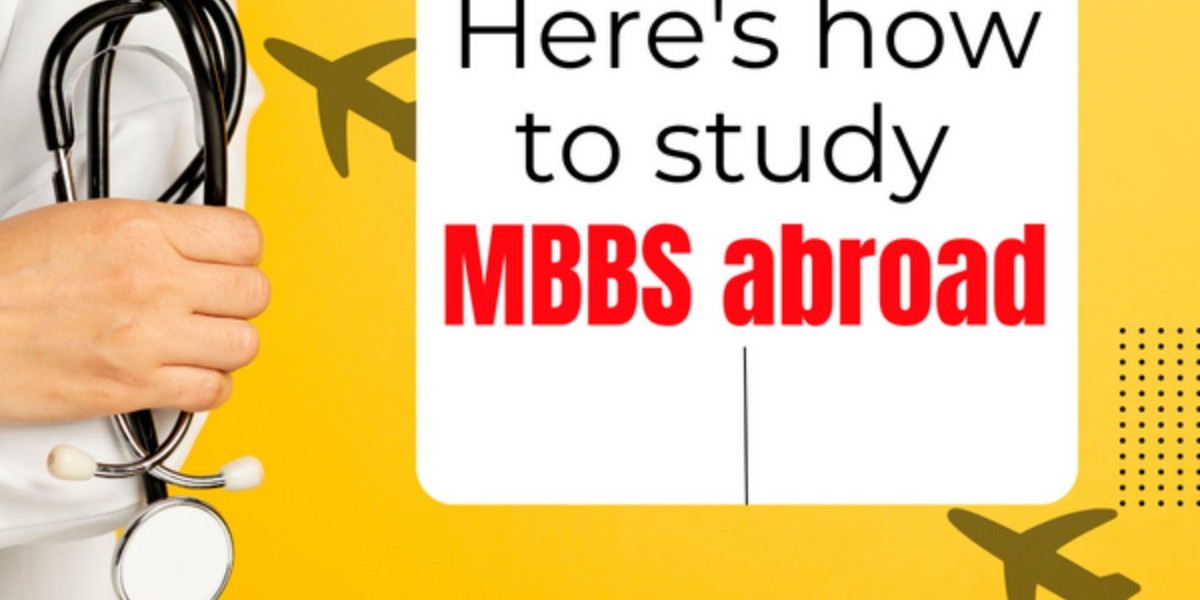Embarking on a career in medicine is a dream for many, and studying MBBS in the USA is an exciting opportunity for international students. The United States is home to some of the world's top medical schools, offering high-quality education, advanced technology, and diverse clinical exposure. In this guide, we'll explore everything you need to know about pursuing MBBS in the USA, including admission requirements, the application process, costs, and the benefits of studying abroad.
1. Why Choose the USA for MBBS?
The USA is renowned for its high standards in medical education, cutting-edge facilities, and faculty excellence. Studying MBBS in the USA provides you with access to some of the best medical institutions globally, including Harvard Medical School, Johns Hopkins University School of Medicine, and Stanford School of Medicine. Here are some key reasons why students opt for the USA:
- Quality Education: American medical schools are known for their rigorous academic curriculum and strong emphasis on research and clinical training.
- World-Class Facilities: State-of-the-art laboratories, advanced diagnostic tools, and modern teaching hospitals provide a conducive learning environment.
- Cultural Diversity: The USA offers a multicultural atmosphere, allowing students to interact with peers from various backgrounds, enhancing their educational experience.
- Career Opportunities: A degree from a US medical school is highly regarded worldwide, opening doors to numerous career opportunities both in the USA and abroad.
2. Admission Requirements for MBBS in the USA
The admission process for MBBS (or MD) in the USA can be complex and competitive. Here’s what you need to know:
- Educational Qualification: You must have completed your higher secondary education (equivalent to high school in the USA) with a strong background in science subjects, particularly biology, chemistry, and physics.
- Standardized Tests: Most medical schools require a valid score from the Medical College Admission Test (MCAT). The MCAT assesses your knowledge in critical areas like science, reasoning, and verbal skills.
- English Proficiency: International students whose first language is not English must prove their proficiency through tests like TOEFL or IELTS.
- Application Process: The application is submitted through the American Medical College Application Service (AMCAS). Along with the application form, you will need to submit transcripts, letters of recommendation, a personal statement, and a resume detailing your extracurricular activities and clinical experience.
3. Choosing the Right Medical School
Choosing the right medical school is crucial to your future career. Here are some factors to consider:
- Accreditation: Ensure the school is accredited by the Liaison Committee on Medical Education (LCME).
- Curriculum: Different schools offer varying curriculum structures. Look for a program that aligns with your career goals.
- Clinical Rotations: Consider schools that offer diverse clinical rotations in different specialties, allowing you to gain exposure to various fields of medicine.
- Location: The location of the medical school can influence your lifestyle, cost of living, and networking opportunities.
- Support Services: Look into the availability of support services such as career counseling, mental health services, and academic tutoring.
4. Costs and Financial Aid
Studying MBBS in the USA is expensive, but there are financial aid options available:
- Tuition Fees: Tuition fees for international students range from $30,000 to $60,000 per year, depending on the institution.
- Living Expenses: Additional costs include accommodation, food, books, and personal expenses, which can add up to around $15,000 to $25,000 annually.
- Scholarships and Grants: Some medical schools offer scholarships, grants, and assistantships for international students based on academic merit or financial need.
- Loans: Many banks offer loans specifically for international students studying in the USA, which can help cover tuition fees and living costs.
5. Life as an MBBS Student in the USA
Life as a medical student in the USA is challenging but rewarding. The curriculum is intense and fast-paced, with a mix of lectures, lab work, and clinical rotations. Students often find themselves studying long hours, but the hands-on experience and exposure to diverse medical conditions make it worthwhile. The lifestyle in American cities is vibrant and multicultural, providing plenty of opportunities to engage in social, cultural, and extracurricular activities.
6. Career Opportunities After MBBS in the USA
Graduating from a US medical school opens up numerous career paths:
- Residency: After completing medical school, you will need to complete a residency program, which is typically 3 to 7 years depending on your specialty.
- Licensing: To practice medicine in the USA, you must pass the United States Medical Licensing Examination (USMLE).
- Global Opportunities: A US medical degree is recognized worldwide, allowing you to practice medicine in other countries or pursue further studies like fellowships or research opportunities.
Conclusion
Pursuing MBBS in the USA offers a world-class education, diverse clinical experiences, and promising career prospects. While the process can be challenging, the rewards are substantial. If you’re considering studying medicine abroad, the USA should be at the top of your list. Start preparing early, focus on meeting the admission requirements, and explore the various financial aid options available. Good luck with your journey to becoming a doctor!
Naijamatta is a social networking site,
download Naijamatta from Google play store or visit www.naijamatta.com to register. You can post, comment, do voice and video call, join and open group, go live etc. Join Naijamatta family, the Green app.
Click To Download

